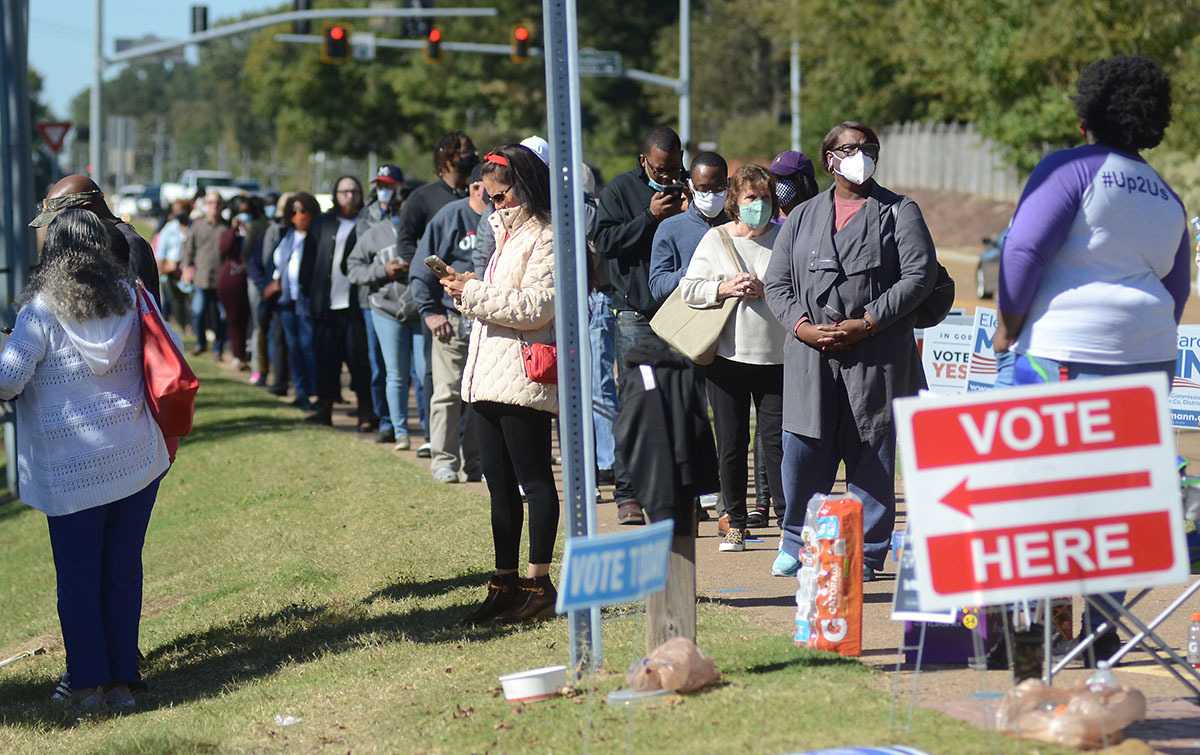Present to Past
Legislating Rights

1662Colonial Slave Laws
The Code Noir, 1685
Defining Race
Slave Sale Receipt in New Amsterdam, 1664
Colonial laws laid the foundation for the paradox of the nation at the time of its formation: A nation built on the notion of liberty that enslaved African people and bound indigenous people.
By the 16th century, enslaved and free people of African descent were in North America. Their place in American society began changing significantly in 1619, when the English inhabitants of the Virginia colony bargained for “20 and some odd Negros.” These men and women who were forced aboard the White Lion did not have bargaining power, they did not negotiate a labor contract, and they were treated as commodities for trade. Massachusetts was the first colony to legalize slavery in 1641. Other colonies and restrictive laws soon followed that defined slavery and freedom in the nation:
1662: Partus Sequitor Ventrem, “all children born in this country shall be held bond or free only according to the condition of the mother.”
1667: " . . . conferring of baptism does not alter the condition of the person as to his bondage or freedom.”
1668: “ . . . if any slave resists his master . . . and by the extremity of the correction should chance to die, that his death shall not be accounted a felony.”
1705: “All Negro, mulatto and Indian slaves within this dominion . . . shall be held to be real estate.”
Colonial laws not only helped codify race but outlined the terms of chattel slavery in what would become the United States.